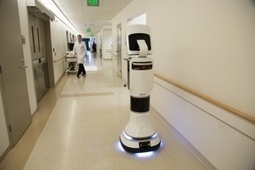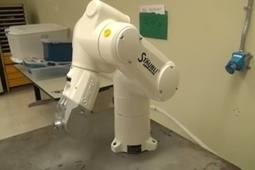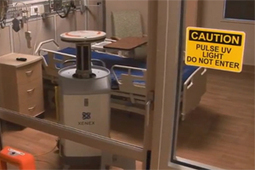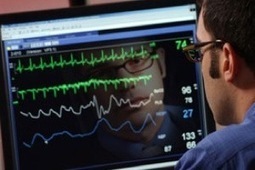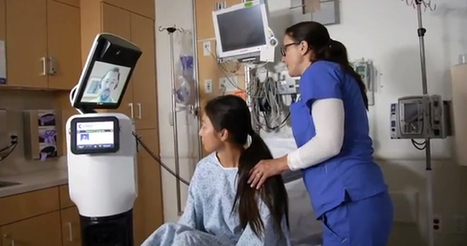As smart as they are, doctors can’t compete with the volume of knowledge that a robot can retain. In an effort to join the best of both worlds – human experience with robotic data – a number of companies are developing telemedicine robots that not only allow doctors to reach out to patients miles or continents away, but can offer immediate information and advice that draws from volumes of medical research and case studies.
In January the FDA approved the telepresence platform RP-Vita, developed by iRobot and InTouch Health. Now seven hospitals across North America have enlisted the services of RP-Vita, bringing us one step closer to robotics-augmented healthcare.



 Your new post is loading...
Your new post is loading...

